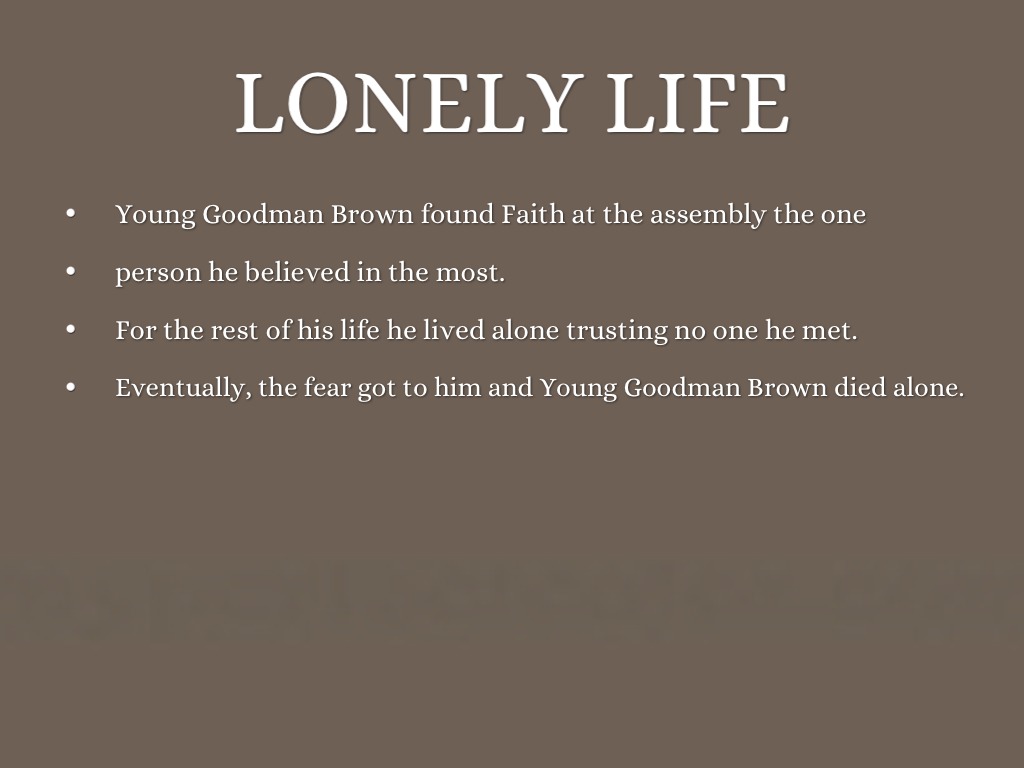Understanding Dry Begging: Examples And Insights
Dry begging is a phenomenon that has gained attention in various communities, particularly in discussions surrounding financial literacy and social responsibility. This practice, often misunderstood, involves individuals appealing for help without directly asking for money. It can take on many forms, from vague social media posts to indirect hints in conversation. Understanding dry begging is crucial for both those who might engage in it and those who wish to help others effectively.
In this article, we will explore the concept of dry begging, provide examples of how it manifests in daily life, and discuss its implications on both social relationships and community support systems. We will also touch upon the psychology behind dry begging and how it relates to broader themes of communication and assistance.
As we delve deeper into this topic, we will highlight actionable insights and encourage readers to reflect on their own experiences with dry begging, either as participants or observers. Our goal is to foster a better understanding of this social behavior and its impact on our interactions with others.
Table of Contents
- What is Dry Begging?
- Examples of Dry Begging
- The Psychology Behind Dry Begging
- Impact of Dry Begging on Relationships
- How to Respond to Dry Begging
- Dry Begging in the Age of Social Media
- How to Help Without Encouraging Dry Begging
- Conclusion
What is Dry Begging?
Dry begging refers to a subtle form of soliciting help or support without explicitly asking for it. Unlike traditional begging, which is straightforward and often involves direct requests for money or assistance, dry begging relies on indirect communication. This can manifest in various ways, such as:
- Vague social media posts about financial struggles.
- Comments that hint at needing help without explicitly stating it.
- Stories shared among friends that imply a desire for financial support.
Characteristics of Dry Begging
Some common characteristics of dry begging include:
- Ambiguity: The request for help is not clear-cut.
- Emotional appeal: Often involves sharing personal stories to elicit sympathy.
- Social pressure: May create an obligation for others to respond positively.
Examples of Dry Begging
To better illustrate dry begging, here are several examples that are commonly observed:
Social Media Posts
Individuals might post statuses like:
- "Feeling overwhelmed with bills this month. Anyone else in the same boat?"
- "Just had to choose between groceries and gas. Tough choices!"
Indirect Hints in Conversation
In casual conversations, someone might say:
- "I wish I could afford to go out more often, but things are a bit tight right now."
- "I really need to buy a new laptop for work, but I just can’t make it happen."
The Psychology Behind Dry Begging
Understanding the psychological aspects of dry begging can help demystify why individuals engage in this behavior. Several factors may contribute to the phenomenon:
- Desire for connection: People may seek validation or support without directly asking for help.
- Fear of rejection: Individuals might avoid direct requests due to fear of being turned down.
- Social norms: Cultural influences can shape how people ask for help, leading to more indirect methods.
Impact of Dry Begging on Relationships
Dry begging can have significant implications for personal relationships and community dynamics:
Strain on Friendships
When one friend engages in dry begging, it can create tension, as others may feel pressured to provide support without clear communication.
Community Perception
Dry begging can alter how communities perceive individuals in need, leading to misunderstandings about the nature of their struggles.
How to Respond to Dry Begging
Responding to dry begging requires sensitivity and understanding. Here are some tips for effective responses:
- Ask clarifying questions: Gently inquire if the person needs specific help.
- Offer support: If you can help, do so directly rather than waiting for a clear request.
- Encourage open communication: Foster an environment where friends feel comfortable asking for help directly.
Dry Begging in the Age of Social Media
Social media platforms have transformed how dry begging occurs. The anonymity and reach of social networks can amplify the effects of this behavior:
Amplified Audience
Posts that hint at financial difficulties can reach a wide audience, increasing the likelihood of receiving unsolicited support.
Public Perception
Social media can shape how people view those who engage in dry begging, often leading to stigma or assumptions about their character.
How to Help Without Encouraging Dry Begging
To effectively support those in need without encouraging dry begging, consider these strategies:
- Promote direct communication: Encourage friends to express their needs clearly.
- Share resources: Provide information about local assistance programs or financial literacy workshops.
- Lead by example: Model healthy communication about financial struggles in your own life.
Conclusion
In summary, dry begging is a complex social behavior that can affect relationships and community dynamics. Understanding its nuances helps us navigate our interactions with empathy and clarity. We encourage readers to reflect on their experiences and consider how they can foster open communication about financial needs.
If you found this article insightful, please leave a comment or share it with others who may benefit from understanding dry begging better. Also, explore our other articles for more discussions on social behaviors and community support.
Final Thoughts
Thank you for taking the time to read about dry begging. We hope to see you back on our site for more enlightening discussions and insights.
How Does Michael Phelps Make His Money?
Was Simone Adopted? The Fascinating Journey Of Her Life
Janet Jackson's Son: A Glimpse Into The Life Of Eissa Al Mana


